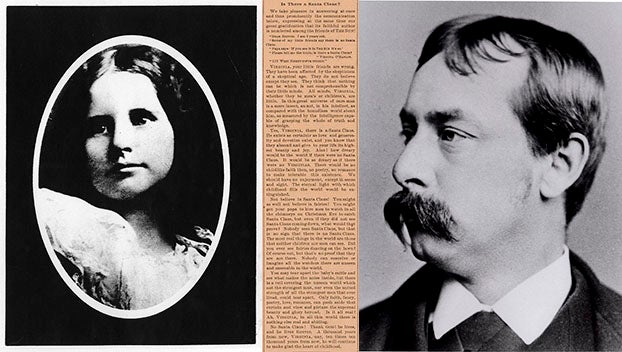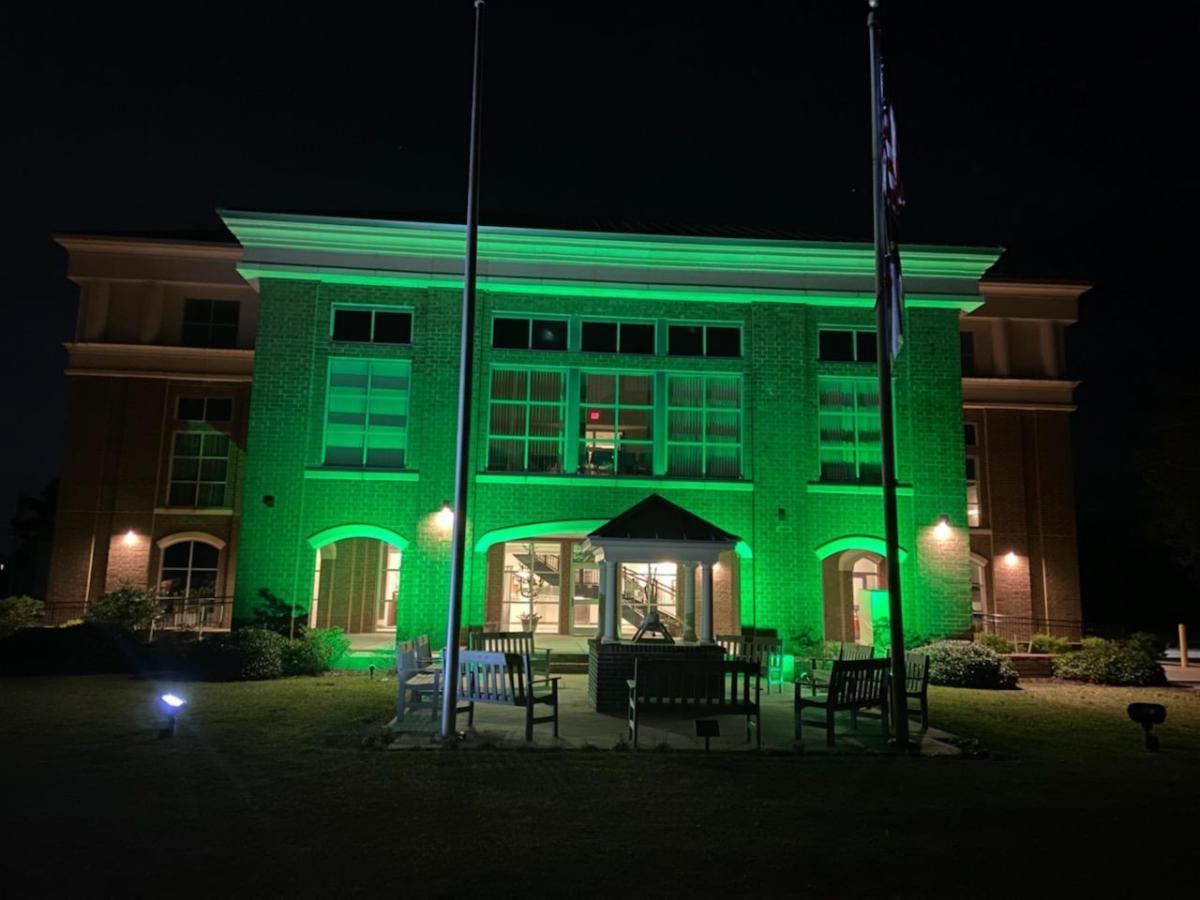Fake news is not the problem
Published 7:46 pm Tuesday, August 7, 2018
“If I saw a reporter, I’d shoot him.”
“You should be raped and killed.”
A man walks into a newspaper and kills five people — revenge against the paper for printing a factual story about the man’s criminal actions.
“The Fake News hates me saying that they are the Enemy of the People only because they know it’s TRUE.”
The first two are examples of the many threats journalists have received recently. The third was an actual occurrence just weeks ago in Maryland. The fourth is a Tweet posted by President Donald Trump two days ago.
The Tweet starts with the premise of fake news. Yes, fake news exists. Fake news has always existed. A long time ago, it was called yellow journalism. The National Enquirer has built an empire based on fake news, as have other periodicals.
The problem with the Tweet is not that the statement is not factual, rather, it does not differentiate between fake news and real news. In today’s technology driven news cycle, sometimes it’s difficult to distinguish between the two.
An example of fake news: a post making the rounds on Facebook right now shows a photo of a man behind a podium; the photo’s accompanying text says that California Gov. Jerry Brown has signed into law that every Californian student now has to learn Spanish. The comments to be found beneath the photo are suitably indignant, questioning patriotism, sanity and whether California should, indeed, secede from the Union.
The problem is: it’s not true. The picture isn’t even of Jerry Brown. It’s of Vermont Gov. Phil Scott. There is no law that requires every Californian student learn Spanish. But people fall for it, readily and easily, and pass it along as fact, when it is the antithesis of fact — it is fake news.
The other problem is: people no longer seem to have to the desire, the will or the intelligence to check the facts. They make assumptions about the “truth-iness” of “news” based on whether they want to believe it. Fake news is meant to push buttons, to rile people up and have them pointing fingers at “those liberals!” or “those right-wingers!” It is meant to be divisive, and the shame of it all, is that people play right into it without a second thought.
Part of the problem is people now categorizing actual news — real news — as fake news if they don’t happen to agree with what’s being reported. There is no comparison between the two. Also part of this problem is that some of those consuming the media cannot differentiate between fact and opinion; between news and commentary. What some people are taking for news is actually just someone spouting off their opinion, but because that person has a microphone, a snazzy set, employs infographics and wears a suit, opinion is taken for fact.
The president, in his Tweet, says fake news causes division and distrust. This is true, but it’s also true that passive acceptance of “news” without verifying its validity; that allowing indignation to dominate reason; that blindly passing along that indignation in order to foment more indignation and prove one is “right” in their beliefs, is not a part of the problem — it’s the root of the problem.
This problem has very real consequences. See the first three sentences above.




